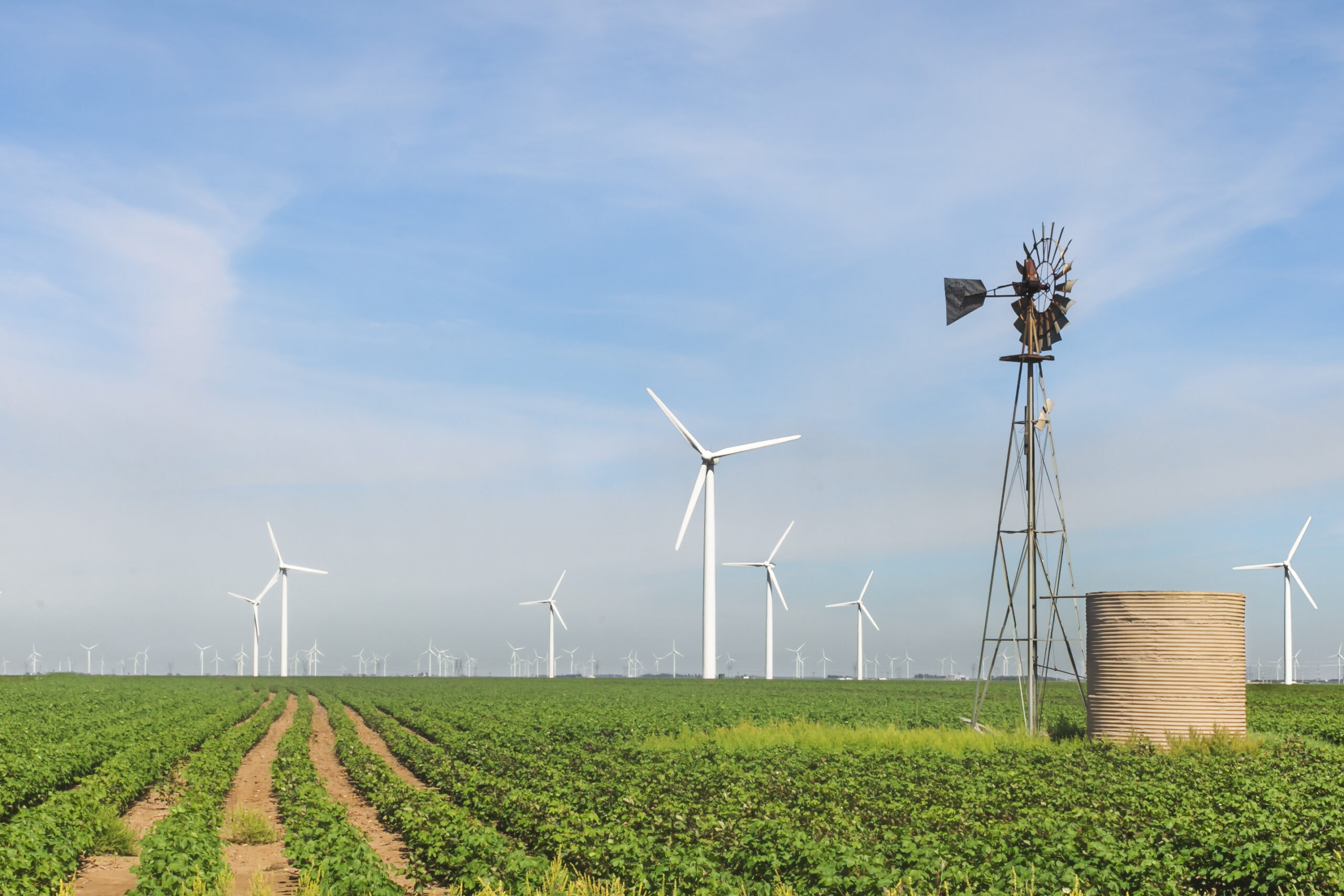- Why Scientists Track Atmospheric Carbon With Giant Towers - October 7, 2025
- The Link Between Melting Ice and Rising Sea Levels Explained - October 6, 2025
- How Ocean Currents Help Regulate Global Climate - October 5, 2025
Floating Solar Farms
Floating solar farms are transforming the way we think about solar energy by taking it off the land and onto the water. By placing solar panels on bodies of water such as reservoirs, lakes, and even oceans, these farms optimize land use while providing additional benefits. One of the remarkable advantages is the natural cooling effect provided by the water beneath, which increases the efficiency of the solar panels. This innovative approach also helps in reducing water evaporation, a critical factor in areas prone to drought. China’s floating solar farms, some of the largest globally, stand as a testament to this innovation, cleverly installed on abandoned coal mines. This not only breathes new life into unused spaces but also symbolizes a shift from fossil fuels to renewable energy sources. By harnessing the sun’s power in a space-efficient manner, floating solar farms are paving the way for a more sustainable future.
Perovskite Solar Cells

Perovskite solar cells are making waves in the renewable energy sector, offering a promising alternative to traditional silicon-based cells. Known for being lightweight and flexible, these cells are significantly cheaper to produce, which could lead to a drastic reduction in the cost of solar energy. Recent breakthroughs have focused on increasing their durability, bringing them closer to widespread commercialization. Their unique properties allow them to be applied to a variety of surfaces, including those that are not flat, opening up new possibilities for solar energy capture. The potential to achieve comparable efficiency to traditional solar cells while offering more versatile applications makes perovskite solar cells a game-changer in the industry. As research continues to advance, the dream of affordable and efficient solar energy for everyone is becoming more achievable.
Green Hydrogen
Green hydrogen represents a clean and sustainable energy source that could revolutionize industries reliant on fossil fuels. Produced by using renewable electricity to split water into hydrogen and oxygen, it offers a way to generate energy without harmful emissions. This versatile energy carrier can power industries such as shipping, steelmaking, and even aviation, offering a path to decarbonization. Major projects in Europe and Australia are scaling up production, aiming to make green hydrogen a viable alternative to traditional fuels. The potential impact is enormous, as it could significantly reduce the carbon footprint of heavy industries, contributing to global efforts to combat climate change. By investing in green hydrogen, the world is taking a significant step towards a cleaner and more sustainable energy future.
Advanced Wind Turbines

Wind energy is evolving rapidly with advanced wind turbines that enhance efficiency and adaptability. Technologies like vertical-axis wind turbines are designed for urban environments, allowing them to harness wind energy in places where traditional turbines would be impractical. Additionally, floating offshore turbines are a breakthrough, enabling deployment in deep waters where wind speeds are consistently higher. These innovations are expanding the reach of wind energy, making it accessible in areas previously considered unsuitable. The world’s largest offshore wind farm, Hornsea 2 in the UK, exemplifies this advancement by powering over 1.3 million homes. Such projects highlight the potential of wind energy to become a cornerstone of the global energy mix, providing clean power to millions while reducing reliance on fossil fuels.
Energy Storage Systems (ESS)
Energy Storage Systems (ESS) are crucial in overcoming the challenge of storing renewable energy for times when production is low. Innovative battery technologies, such as solid-state batteries, flow batteries, and gravity-based systems, are leading the charge in this area. These systems store energy efficiently, ensuring a steady supply even when the sun isn’t shining or the wind isn’t blowing. Projects like Tesla’s Megapack are setting new standards for grid-scale storage, paving the way for 24/7 renewable energy availability. By providing reliable and efficient storage solutions, ESSs enable a more flexible and resilient energy grid. This innovation not only supports the integration of renewable energy sources but also enhances energy security, making it a vital component in the transition to a sustainable energy future.
